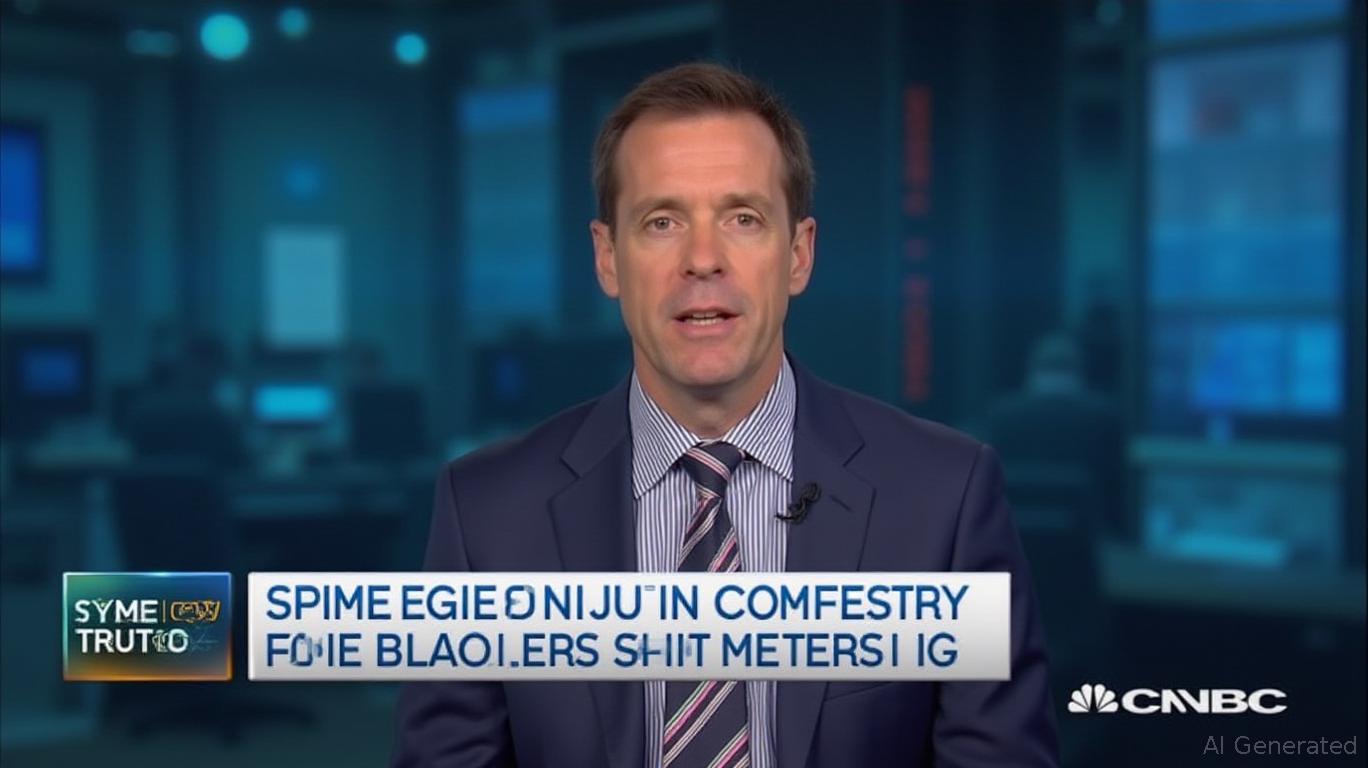AInvest Newsletter
Daily stocks & crypto headlines, free to your inbox
Bitcoin, the pioneering cryptocurrency, has long been a subject of debate regarding its smallest unit of measurement. The ongoing discussion revolves around the practicality and user-friendliness of the term "satoshi," which represents 1/100,000,000 of a bitcoin. The term "satoshi" was first proposed on the Bitcointalk.org forum in 2010 by a user named Ribuck, who also suggested the term "austrian" to honor the Austrian School of Economics. Over time, the community adopted "satoshi" as the smallest unit of Bitcoin, both to honor its mysterious founder, Satoshi Nakamoto, and to create a concise cultural language around "stacking sats."
However, another unit, "bit," equivalent to 100 satoshis or 1/1,000,000 of a bitcoin, has also been proposed due to its more intuitive nature. Prominent figures like Adam Back have advocated for the resurgence of "bits," arguing that if the price of Bitcoin reaches $1 million, 1 bit would equal $1, making conversions more straightforward. This debate between "sats" and "bits" is not just technical but also reflects the tension between tradition and user-friendly design.
Currently, Bitcoin has multiple units: BTC, mBTC (millibitcoin), µBTC (microbitcoin or "bits"), and satoshis. This diversity can be confusing, especially for non-technical users. One bitcoin (1 BTC) equals 1,000 mBTC, 1,000,000 bits, or 100,000,000 satoshis. This complexity is unnecessary, particularly when users deal with small numbers like 0.000043 BTC or 4,300 satoshis.
177, proposed by John Carvalho, CEO of Synonym, aims to address this by eliminating the decimal point and standardizing the unit to "bitcoins." This change would make Bitcoin more accessible to the average user by removing the technical jargon and making it more relatable.BIP 177 suggests that a full bitcoin, equivalent to 100 million satoshis, be referred to as a "Mega Bitcoin." By eliminating the decimal point and standardizing the unit to "bitcoins," the proposal aims to reduce the sense of technicality and make Bitcoin more user-friendly. For instance, what was once called "1 satoshi" (1/100,000,000 BTC) would now simply be "1 bitcoin." Proponents argue that the decimal system is outdated and confusing, especially for new users. Although BIP 177 does not alter the consensus rules or on-chain data, it requires synchronized changes in wallet interfaces and exchange platforms, as well as cultural shifts to replace the deeply ingrained term "sats."
Bitkit Wallet, developed by Synonym, a company affiliated with
, is the first wallet to implement BIP 177. Bitkit focuses on providing a user-friendly experience, making it easier for new users to join the Bitcoin ecosystem. It integrates advanced features such as built-in Lightning nodes, decentralized identity payments (DIDs), and seamless cloud-encrypted backups. Bitkit's early and enthusiastic adoption of the BIP 177 standard sets it apart. Instead of using BTC or complex fractions like mBTC, Bitkit displays values in "bitcoins," making it easier for users to understand. For example, instead of showing "0.000043 BTC," Bitkit displays "43 bitcoins," transforming Bitcoin from a complex digital currency into a familiar medium of exchange, similar to how we use coins or satoshis.It remains to be seen whether BIP 177 will gain enough community support to become a lasting standard. While some companies like Square, led by Jack Dorsey, have started adopting it, major wallets and exchanges still prefer BTC or satoshi, indicating a conservative trend within the Bitcoin community. Historically, even technically beneficial changes like SegWit (BIP 141) and Taproot (BIP 341) took years to be accepted. SegWit, for example, was proposed in 2015 but only activated in 2017 after extensive debates and a community split, including UASF and mining races.
The process of changing standards is always challenging, especially when it involves user interfaces. Many users and developers are resistant to change, even if the proposal improves the user experience. Without coordination from major players like wallets, payment platforms, and
initiatives, BIP 177 risks remaining a good idea that is never implemented. In the Bitcoin ecosystem, BIPs are proposals for improvements, ranging from protocol changes to user interface enhancements. Some BIPs require network-wide consensus, like SegWit and Taproot, while others, like BIP 177, are voluntary. However, all meaningful changes must navigate the fragmented, cautious, and skeptical community.The challenge lies in the decentralized nature of the Bitcoin community: no single entity can mandate changes. BIP 177 does not require network-wide consensus, but it relies on the voluntary adoption by developers and service providers. As 1 satoshi approaches the value of $1, a more intuitive display method like BIP 177 (using "bit") could make daily transactions more understandable. Currently, projects like Spiral, Square, Workit, and Cashu are implementing BIP 177 to varying degrees. In a system where the default is "no change," even a small improvement like BIP 177 faces significant hurdles to gain official recognition.
In summary, the debate over Bitcoin's unit names reflects a balance between tradition and practicality. While "satoshi" has become a cultural symbol, "bit" or "bitcoins" could open doors to wider adoption. With initiatives like Bitkit Wallet and potential support from major companies like Square, BIP 177 has the potential to create a significant shift in how we perceive and use Bitcoin. In the world of Bitcoin, even small changes require time, testing, and broad consensus. Will BIP 177 become the standard, or will it remain an intriguing idea? Only time will tell.

Quickly understand the history and background of various well-known coins

Oct.31 2025

Oct.31 2025

Oct.31 2025

Oct.31 2025

Oct.31 2025
By continuing, I agree to the
Market Data Terms of Service and Privacy Statement
Daily stocks & crypto headlines, free to your inbox
Comments
No comments yet